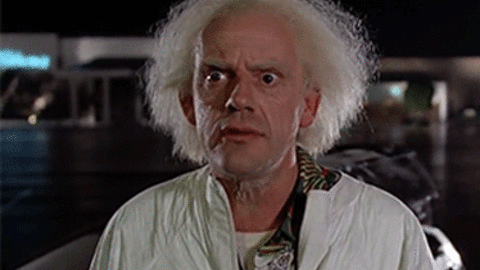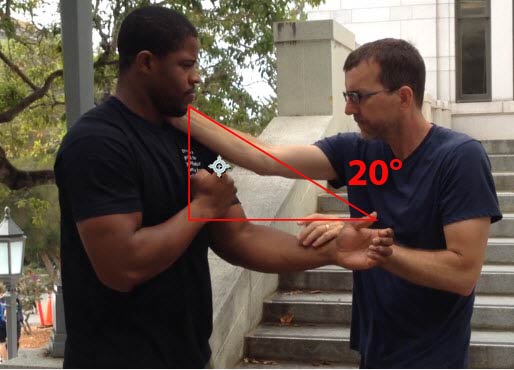
Fight Like a Physicist II
December 12, 2015
“Fight strategy is a personal topic, and the best strategy for you depends on your body type, your personality, your opponent, and the scenario at hand.”
Jason Thalken
 I’m still reading the hot new book on the Amazon martial arts charts,
Fight Like a Physicist: The Incredible Science Behind Martial Arts
.
I’m still reading the hot new book on the Amazon martial arts charts,
Fight Like a Physicist: The Incredible Science Behind Martial Arts
.
I don’t want to go over his entire book line by line, but the ideas beg further discussion!
I discussed in my part one article his definitions of high impact versus high momentum strikes and of course, it makes me think about which we are doing in Wing Chun.
So high energy strikes are the snappy Bruce Lee style actions which come in fast and leave fast, have a small footprint, and cause local damage but little displacement of the target.
High momentum strikes dump a lot of force into the target and have a “knock it over” effect.
Wing Chun’s idea, I think, is really a combo of these two.
Chained punches, with the four knuckle to two knuckle reduction of footprint at the finish, are high energy strikes with a short penetration. However, the ideal Wing Chun action is coming in to one side of the opponent (away from their hands), and firing the chained attack up into the head at about a 20 degree incline, and (ideally) taking position .

To take position, I need to step in about half a step further and be extending my strike through my opponent’s head.
This taking position action (as Sifu Lam calls it), which requires stepping in, so your fist, backed by your body and the ground, is displacing their body, generates more of what I think he is calling momentum. If everything works right, the target is knocked over and is falling back as the subsequent high-energy strikes are hitting the head.
It would be interesting to do one of those Discovery show scientific analyses of the forces involved.
He also (very briefly) mentions what he calls the “little extra push that generates more momentum.”
I think this is another facet of the “four to two” action of the Wing Chun punch.
I remember my kung fu brother Dave explaining to me how he realized this 4 to 2 action made those two knuckles like the tip of a spear (a classic example of the high energy strike Thalken describes, causing so much local damage it will pierce the skin).
It seems like it would hurt your wrist, but it actually results in protecting your hand and ends with the bone of the pinky finger lining up with the ulna (the forearm bone in the down position when doing a sunfist strike).

Four to One in a Sun fist punch